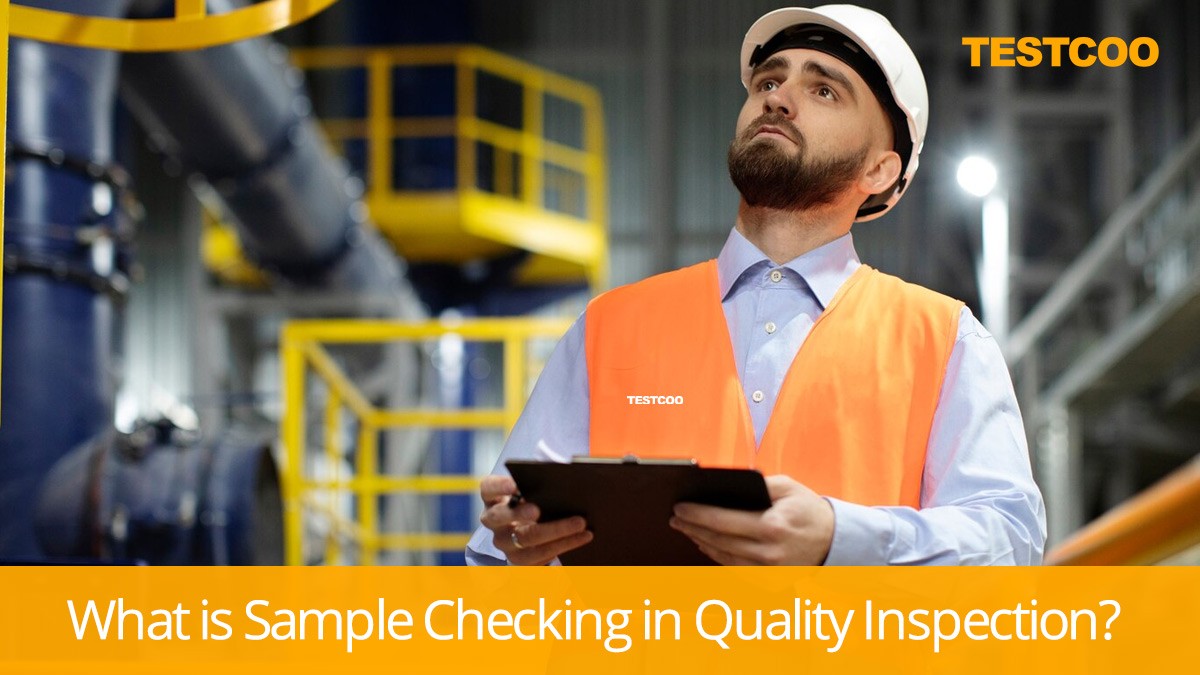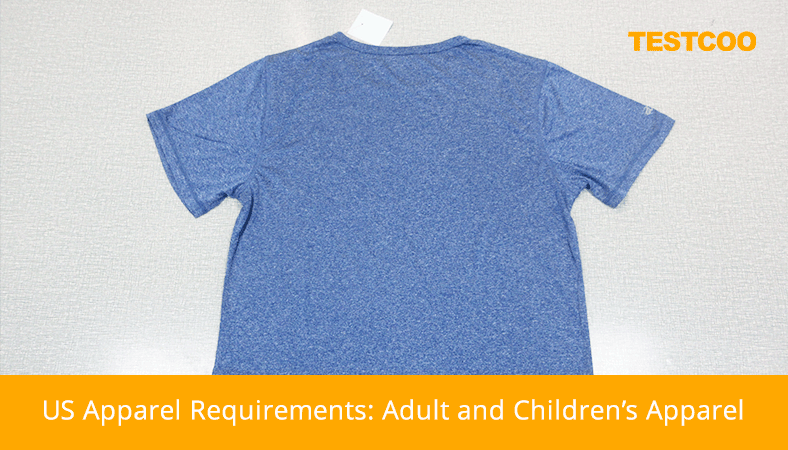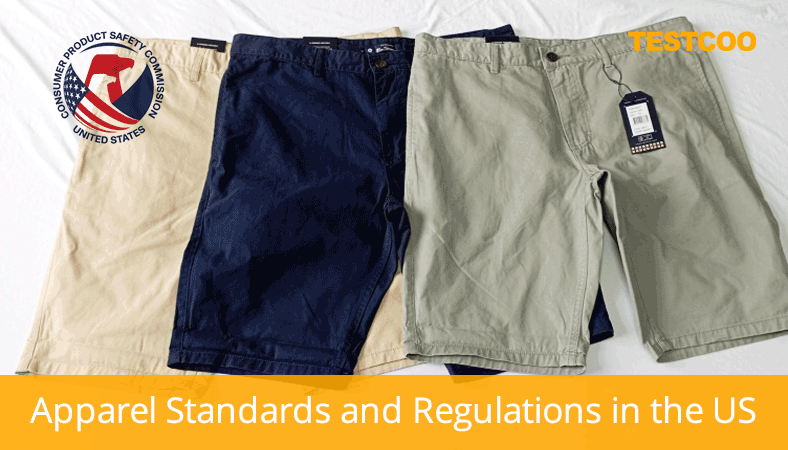ASTM F963-Standard Consumer Safety for Toy Safety
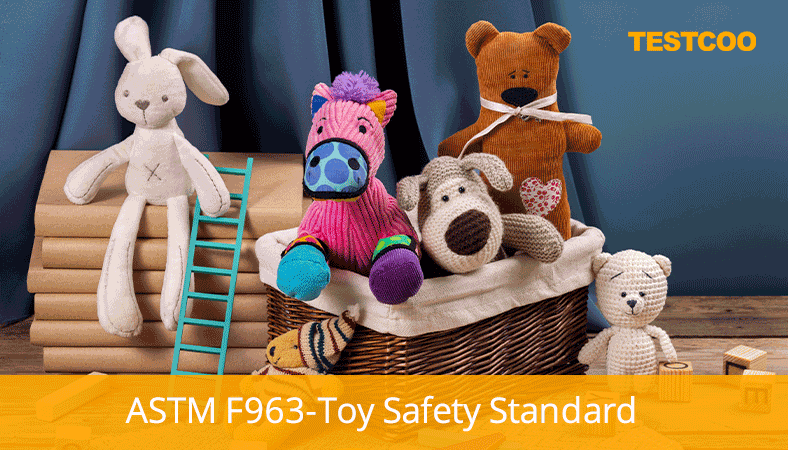
All children’s toys manufactured or imported to United States must be tested and certified to ASTM F963-Standard Consumer Safety Specification for Toy Safety. Consumers need to be confident that the toys they buy for children are of high quality and are safe, whether from harmful chemicals, or design faults that could cause injury. As a manufacturer or toy importer, ensuring the safety and quality of toys is of the utmost importance.
What is ASTM F963? Toy Safety Standard
ASTM F963 is toy safety standard in USA. All toys sold in the United States must meet the safety requirements of ASTM F963, Standard Consumer Safety Specification for Toy Safety.
Third party testing and certification are required for toys designed or intended primarily for children 12 and under. Once you have identified the applicable requirements for your product, you must use a CPSC-accepted laboratory to perform testing to show that the product complies with the toy standard.
Safety Requirements of ASTM F963 Toy Safety Standard
- Material Quality
- Flammability
- Toxicology
- Electrical/Thermal Energy
- Sound-producing Toys
- Small Objects
- Accessible Edges
- Projections
- Accessible Points
- Wires or Rods
- Nails and Fasteners
- Plastic Film
- Folding Mechanisms and Hinges
- Cords, Straps, and Elastics
- Stability and Over-load Requirements
- Confined Spaces
- Wheels, Tires, and Axles
- Holes, Clearance, and Accessibility of Mechanisms
- Simulated Protective Devices
- Pacifiers
- Projectile Toys
- Teethers and Teething Toys
- Rattles
- Squeeze Toys
- Battery-operated Toys
- Toys Intended to be Attached to a Crib or Playpen
- Stuffed and Beanbag-type Toys
- Stroller and Carriage Toys
- Art Materials
- Toy Gun Marking
- Balloons
- Certain Toys with Nearly Spherical Ends
- Marbles
- Balls
- Pompoms
- Hemispheric-shaped Objects
- Yo Yo Elastic Tether Toys
- Magnets
- Jaw Entrapment in Handles and Steering Wheels
- Expanding Materials
- Toy Chests
What is the Purpose of the Toy Standard?
The Toy Standard relates to possible hazards that may not be recognized readily by the public and that may be encountered in the normal use for which a toy is intended or after reasonably foreseeable abuse. ASTM F963 covers requirements and contains test methods for toys intended for use by children under 14 years of age.
To facilitate the testing of your product, you should contact a laboratory to discuss your product and to secure an estimate. The estimate should provide you with an itemized listing of which sections of the standard the laboratory proposes to test your product to for conformity.
ASTM F963-23 Toy Safety Standard Revised
ASTM International has published a revised version of ASTM F963-23, Toy Safety Standard, including changes approved by the ASTM Subcommittee F15.22 on Toy Safety since the last revision in 2017.
ASTM has published a revised consumer safety specification for toy safety, designated ASTM F963-23.
ASTM F963-23 covers requirements and contains test methods for toys intended for use by children under 14 years of age.
ASTM F963 was updated to the 2023 version. It includes updates on:
- Heavy elements in toy substrates
- Phthalates
- Acoustics
- Batteries
- Expanding materials
- Labeling requirements
- Drop test
- Projectiles
- Bow and arrow testing
Heavy elements in toy substrates – Certain materials are considered exempt and this update is to solidify that they are not needed to undergo routine testing and certification. The exemption for testing of paper and paperboard was also called out as its own entry.
Phthalates – The previous entry of 3% DEHP limitation in pacifiers, rattles, and teethers has been withdrawn. The revision is now congruent with the federal requirement (16 CFR 1307).
Acoustics – This section amends definitions for push or pull toys and tabletop, floor, or crib toys to clarify the difference between them. The standard now clearly defines that push or pull toys are used at a distance of greater than 24 inches, whereas tabletop, floor, or crib toys are up to 24 inches, but are not “close-to-the-ear" toys. Previous versions of the standard have also made note of the fact that testing distance is not the same as use distance. Appropriate adjustments have been made to ensure the sound pressure level at the ear is acceptable. Specific test methods were also indicated to improve testing repeatability. A maximum A-weighted (LAFmax) south pressure level has been clarified for push or pull toys.
Batteries – To be in line with Reese’s law, which became Federal law in 2022, certain changes were needed. The definition of “tool” was changed to “common household tool,” and to be in line with this, “simple household tools” was changed to “common household tools.” Additionally, the requirements were extended to include toys for children over 96 months of age, as those toys did not have any requirements. A fastener must also be included so that battery compartment doors do not come off. There is also an allowance for a mechanism to fasten the battery compartment that is specific to the manufacturer.
Expanding materials – When the initial requirement was added in 2016, the thought was that items that are small enough to be choking hazards that expand could enlarge and become possible intestinal blockages if swallowed. Since the original requirement came into effect, items that are not small parts but also create the same hazard were identified. The revision addresses these items.
Labeling materials – A current federal labeling requirement is added to the standard.
Drop test – The referenced document for tiles to be used was updated, so this revision replaces the Federal Specification SS-T-312B (which has been withdrawn) with ASTM F1006-04.
Projectiles – A note regarding the conditions in which the equipment is to be stored was removed. This is because there are no storage conditions for other testing performed in ASTM F963. Similarly, ISO 8124 and EN71 do not include these storage requirements. No effect is anticipated for test results deleting the note.
Bow and arrow testing – The testing for bow and arrows was rearranged to a process that makes more sense. Additionally, requirements for the amount that the string of the bow and arrow can be stretched were implemented. Because the purpose of the test is to determine the velocity of the arrow, it does not make sense to have the bow and/or bowstring stretched beyond its limit.
CPSC Approves Revised ASTM F963-23 as a Mandatory Toy Standard
On 18 January 2024, the U.S. Consumer Product Safety Commission (CPSC) published in the Federal Register a direct final rule to approve the revised ASTM F963-23 as the mandatory toy safety standard.
The direct final rule incorporates by reference ASTM F963-23 and updates the existing notice of requirements (NOR) that provide the criteria and process for the CPSC’s acceptance of accreditation of third-party conformity assessment bodies for testing toys to ASTM F963-23.
The standard was also revised to align with the CPSC requirements for phthalate content, heavy elements (metals) – toy substrate material exemptions, and CPSIA Section 103 tracking labels for children’s products.
The rule is effective on 20 April 2024, unless the CPSC receives a significant adverse comment by 20 February 2024.
Toys manufactured on and after 20 April 2024 will require testing to ASTM F963-23 at a CPSC accepted third-party lab for certification.
More Applicable Standards Toys Quality Control
Toys quality control is essential to ensure that these play items meet established safety and quality standards, providing children with safe and enjoyable play experiences. Various international, regional, and national standards govern toys quality control, addressing factors such as safety, materials, design, and craftsmanship. Here are some key standards applicable to toys quality control:
ASTM F963: This is a comprehensive U.S. toy safety standard that covers various aspects of toy safety, including materials, design, flammability, and choking hazards. It includes guidelines specific to wooden toys.
EN 71: This European standard outlines safety requirements for toys, including wooden toys, sold within the European Union. It covers aspects such as mechanical and physical properties, flammability, and chemical properties.
ISO 8124: This international standard provides safety requirements for toys, including wooden toys. It addresses potential hazards related to mechanical, flammability, and chemical aspects of toys.
CPSC Regulations: The U.S. Consumer Product Safety Commission (CPSC) sets regulations for toy safety in the United States, including wooden toys. These regulations cover various safety aspects to prevent harm to children.
ASTM D4236: If the wooden toys include art supplies or paints, this standard outlines labeling and testing requirements for potentially hazardous art materials.
Conclusion
TESTCOO can support global retailers, brands and manufacturers to market their compliant, quality toys faster, starting from the initial stage of the product development process.
We offer a wide portfolio of testing services and can perform evaluations according to global mandatory standards and regulations which includes chemical and microbiological analysis, physical-mechanical, flammability and electrical testing, assistance with governmental-mandated documentation, and much more.
Whether you need to access the North American, European or Asian markets, or any other market in the world, TESTCOO can help.
Free Sample Report Performance Quality Control
Download a sample report to keep control of your supply chain!
Featured Articles
 Quality Control, Inspection Services in China
Quality Control, Inspection Services in China How Should Traditional Inspection Industry Transit In Industrial 4.0 Era
How Should Traditional Inspection Industry Transit In Industrial 4.0 Era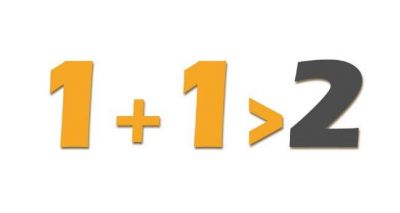 How Do We Make 1+1 More Than 2. Testcoo Knows
How Do We Make 1+1 More Than 2. Testcoo Knows Valentine’s Inspection Knowledge
Valentine’s Inspection Knowledge Starting Your Importing Business From China (Part 1)
Starting Your Importing Business From China (Part 1) Time To Worry About Your Partner Factory
Time To Worry About Your Partner Factory Xiaomi In No Hurry For International Expansion
Xiaomi In No Hurry For International Expansion Critical Rise Imported Car Sales In South Korea
Critical Rise Imported Car Sales In South Korea Boeing is building its first overseas factory in China
Boeing is building its first overseas factory in China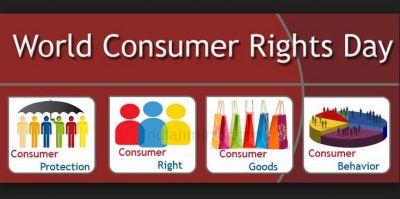 “315 Evening Gala”——Savior of China’s Quality Issues
“315 Evening Gala”——Savior of China’s Quality Issues
